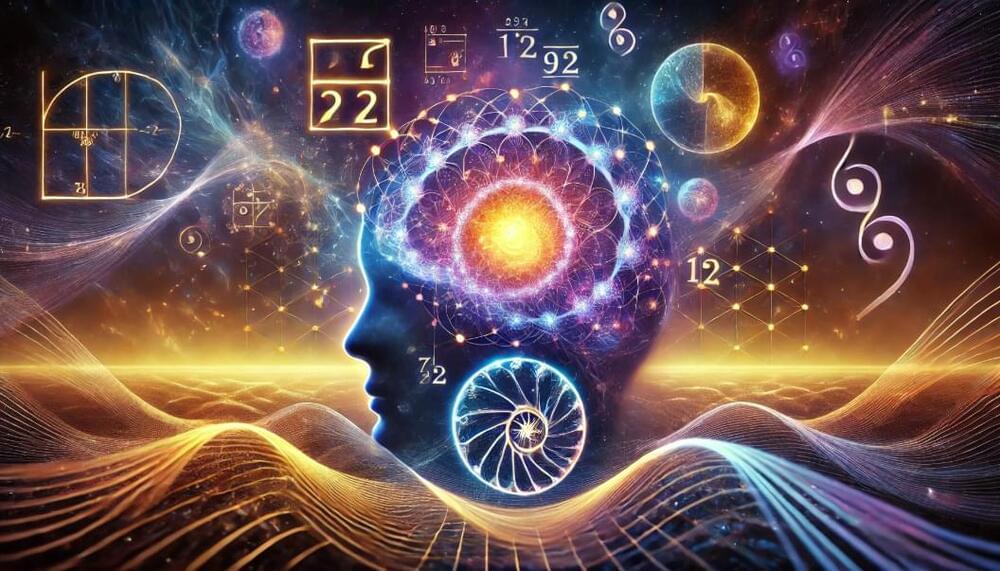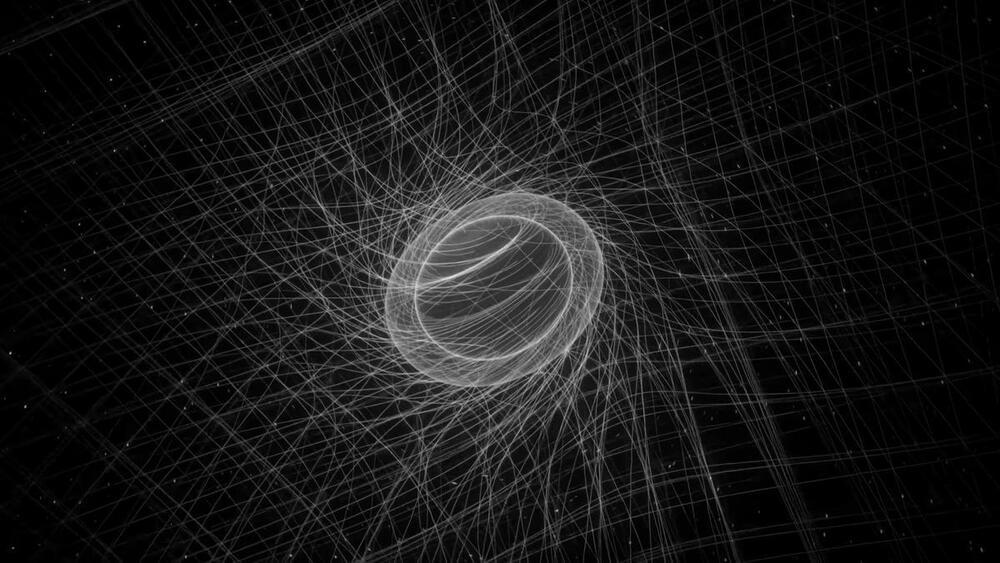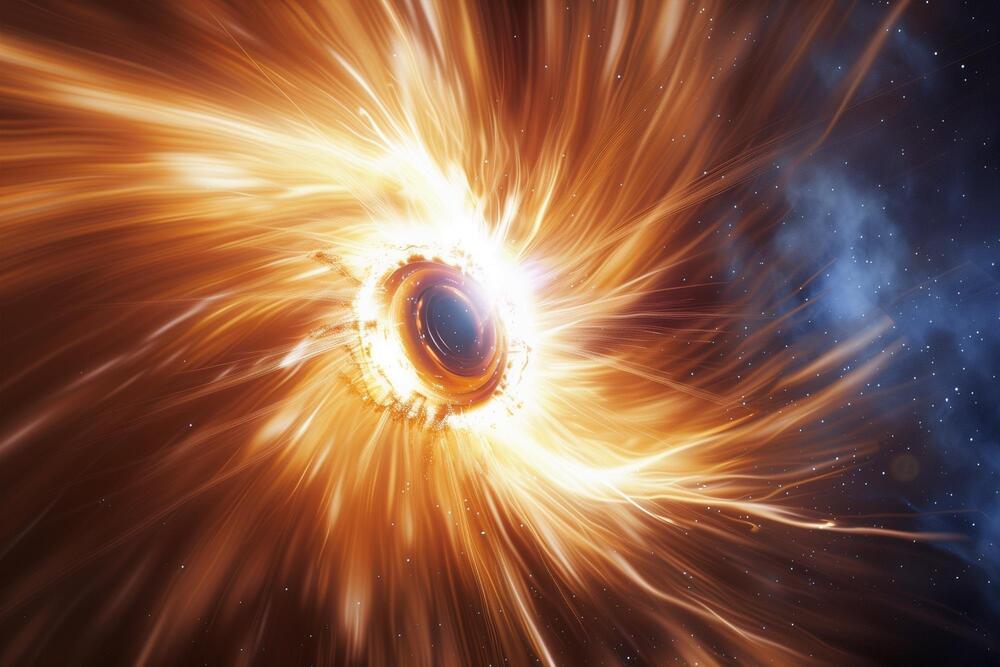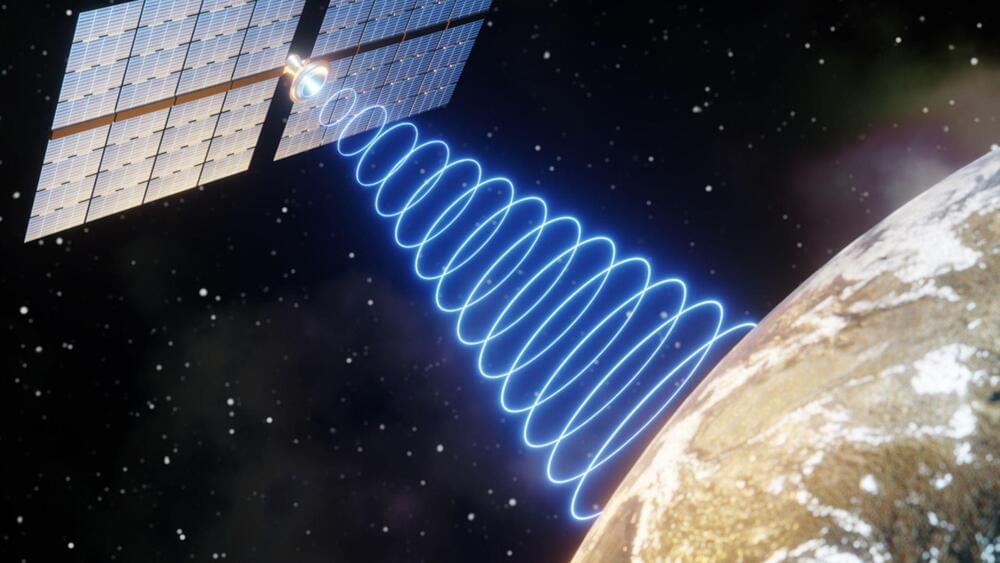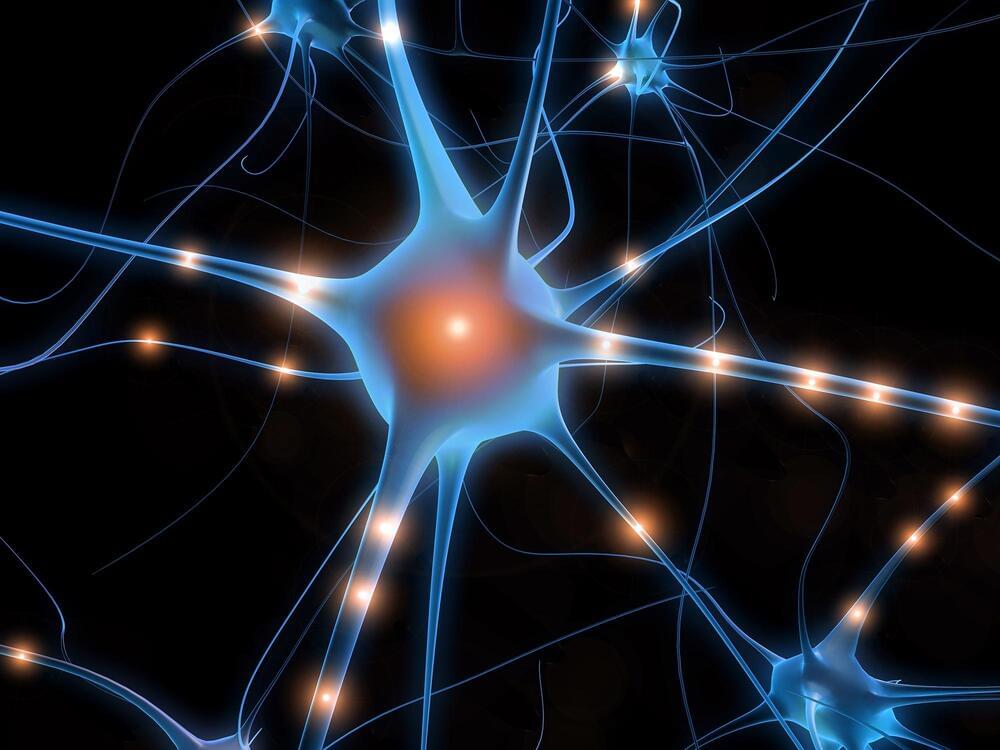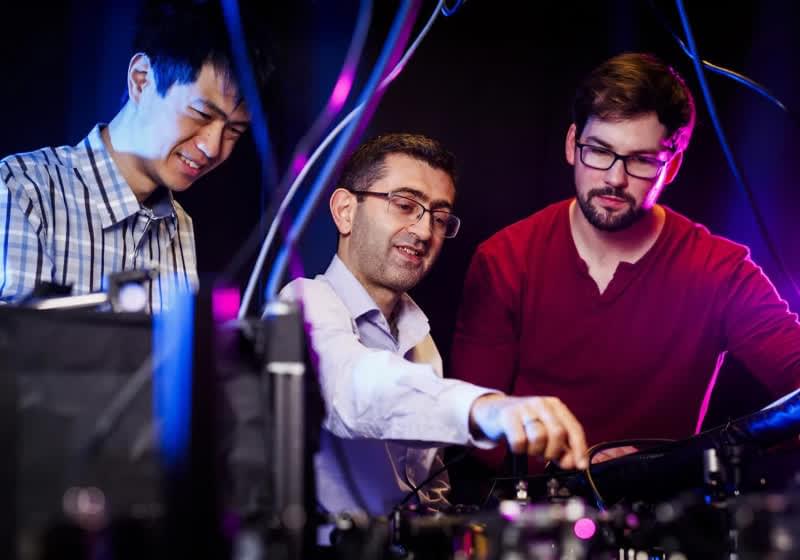
The research team, led by physics professor Nuh Gedik, concentrated on a material called FePS₃, a type of antiferromagnet that transitions to a non-magnetic state at around −247°F. They hypothesized that precisely exciting the vibrations of FePS₃’s atoms with lasers could disrupt its typical antiferromagnetic alignment and induce a new magnetic state.
In conventional magnets (ferromagnets), all atomic spins align in the same direction, making their magnetic field easy to control. In contrast, antiferromagnets have a more complex up-down-up-down spin pattern that cancels out, resulting in zero net magnetization. While this property makes antiferromagnets highly resistant to stray magnetic influences – an advantage for secure data storage – it also creates challenges in intentionally switching them between “0” and “1” states for computing.
Gedik’s innovative laser-driven approach seeks to overcome this obstacle, potentially unlocking antiferromagnets for future high-performance memory and computational technologies.

